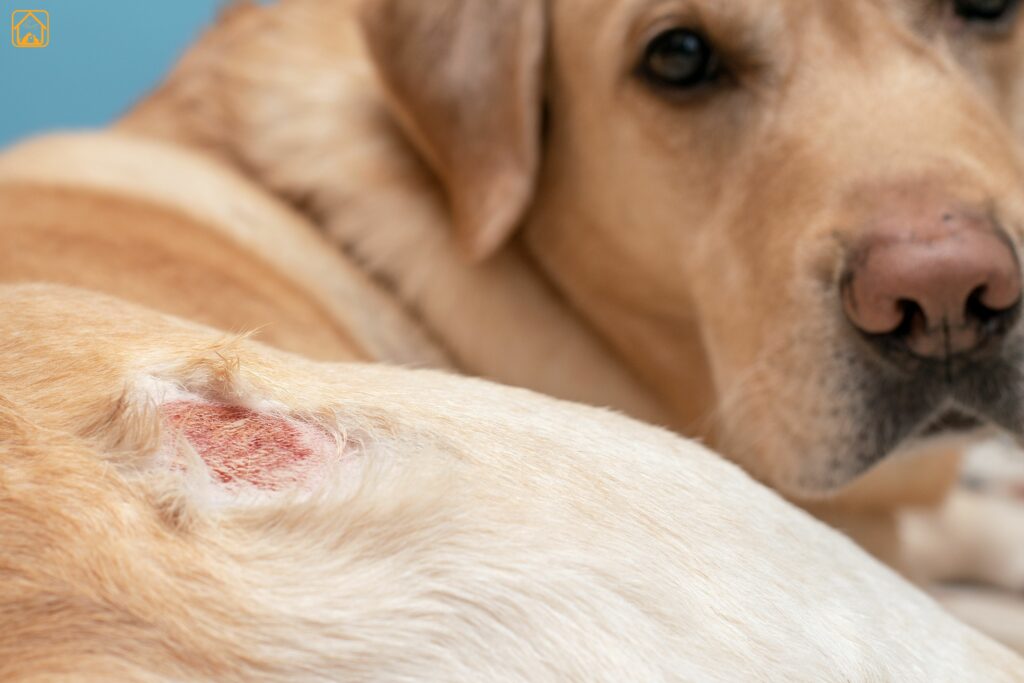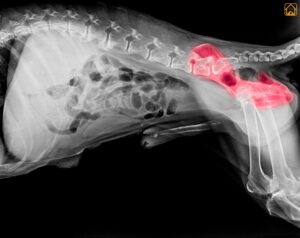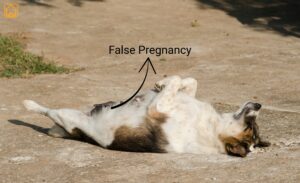What Causes Allergies in Labrador Retrievers?
Ever wonder why some Labs seem to itch year-round while others only get the occasional rash? Allergies in Labrador Retrievers are mostly due to their immune system overreacting to harmless things like pollen, dust mites, certain foods, or flea bites. Labs, in particular, have immune systems that tend to produce more immunoglobulin E (IgE), the protein responsible for triggering allergic reactions. That means their bodies release histamines, leading to itching, redness, and a whole lot of discomfort.
Common Triggers for Allergies in Labradors
- Environmental allergens (pollen, dust, mold, grasses)
- Food ingredients (like beef, dairy, chicken, soy, or wheat)
- Flea bites and insect saliva (even one bite can trigger a reaction)
- Household products (cleaners, detergents)
- Mold spores (indoors and outdoors)
- Perfumes and air fresheners
- Shampoos or grooming products (with harsh ingredients)
- Cigarette smoke or air pollution
- Fabric materials (like wool or synthetic fibers)
From my own experience, sometimes even changing laundry detergent or walking your Lab in a different park can set off a new round of itching. It’s as unpredictable as a rainstorm on a picnic day!
Most Common Types of Allergies in Labs
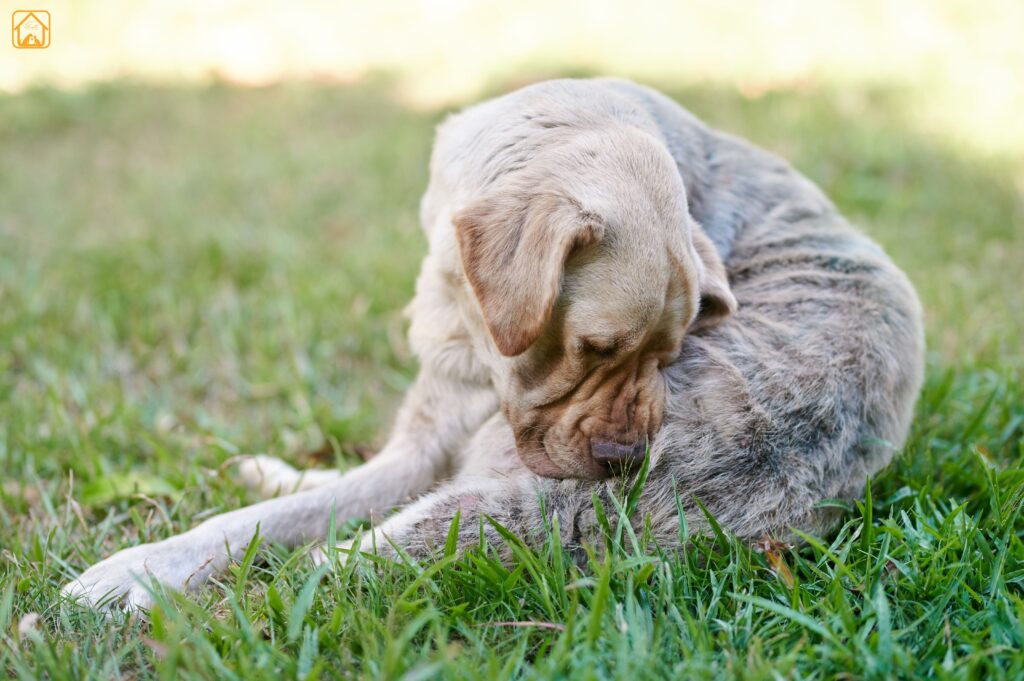
Food Allergies in Labrador Retrievers
Food allergies in Labs are more common than you might think. The most common Labrador food allergies include proteins like beef, chicken, and dairy, but grains such as wheat and even soy can be culprits. Signs often show up as skin irritation, ear infections, or digestive upset, sometimes all three at once!
Flea Allergy Dermatitis
Flea allergies are actually the top cause of skin problems in Labs. One tiny flea bite can trigger days of scratching and biting, which leads to red, inflamed skin, especially around the tail and back legs.
Atopic Dermatitis (Inhalant Allergies)
Also called atopy, this is an allergic reaction to airborne particles like pollen, dust, or mold. Atopic dermatitis in Labrador dogs usually flares up during certain seasons, causing itchy skin, hair loss, and sometimes secondary infections.
Contact Allergies and Bacterial Allergies
Some Labs react to things they touch, think cleaning products, grass, or even their own collar. And bacterial allergies, or pyoderma, often develop as a complication when the skin is already irritated from other allergies.
Key takeaway: The most common allergies in Labrador Retrievers are food, flea, inhalant, and contact allergies, all of which can cause similar symptoms.
Here is the table with list of allergies in labrador with symptoms
| Allergy Type | Common Triggers | Symptoms |
| Flea Allergy | Flea bites, flea saliva | Itching, red skin, hair loss (often at tail base) |
| Environmental | Pollen, dust, mold, grass | Itchy skin, watery eyes, sneezing, ear infections |
| Food Allergy | Beef, chicken, dairy, eggs, wheat, soy | Chronic itching, ear infections, diarrhea, vomiting |
| Contact Allergy | Chemicals, detergents, rubber, certain plants | Red, inflamed skin on belly, paws, muzzle |
| Bacterial Allergy | Secondary to scratching/skin trauma | Pustules, lesions, hair loss, odor |
Signs and Symptoms of Allergies
How do you know if your Lab’s scratching is due to allergies and not just a love of rolling in the grass? Watch for these classic symptoms of allergies in Labrador Retrievers:
- Frequent scratching, licking, or chewing (especially paws and belly)
- Red, inflamed, or bumpy skin
- Ear infections or frequent head shaking
- Hair loss or “hot spots”
- Watery eyes, sneezing, or runny nose
- Digestive issues (vomiting, diarrhea)
I remember when my chocolate Lab started waking me up at 2am, chewing her paws. It took weeks to figure out she was reacting to grass pollen, something I never would have guessed.
Breed-Specific Allergy Risks: Black, Yellow & Chocolate Labs
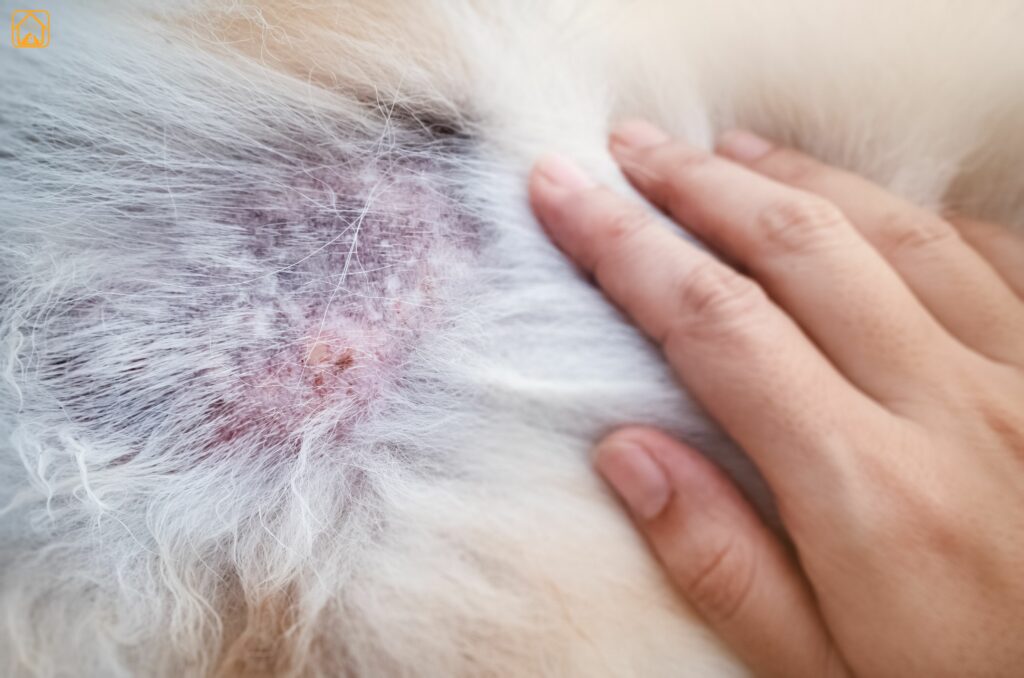
While all Labs can get allergies, some differences exist between black, yellow, and chocolate Labradors. Chocolate Labs, in particular, seem prone to chronic skin issues and “chocolate lab itchy skin” is a real concern. Black Lab skin allergies and yellow lab allergies are also common, with no color truly immune.
Some breeders and owners believe chocolate Labs may have more sensitive skin genetically, but all Labs share similar risks, especially with food and environmental triggers.
Quick tip: No matter your Lab’s color, monitor for changes in skin, coat, or behavior, as these can signal allergies in Labradors.
Diagnosing Allergies in Labrador Retrievers
Getting to the bottom of allergies in Labrador Retrievers can feel like detective work. Vets usually start with a physical exam and detailed history, what you feed, where you walk, any new products at home. They might recommend:
- Physical Exam: Your vet will look for patterns, where is the itching worst? Are there hot spots? Any signs of secondary infection?
- Rule Out Parasites: Fleas, mites, and ticks can mimic allergy symptoms. Your vet will check for these first.
- Elimination Diet: Suspect food allergies? Your vet may suggest a limited-ingredient or hydrolyzed protein diet for 8-12 weeks. It’s not easy (no treats, no table scraps!), but it’s the gold standard for finding food triggers.
- Allergy Testing: If environmental or inhalant allergies are likely, your vet might recommend blood tests (IgE testing) or intradermal skin testing. These can help identify specific allergens, especially if allergy shots (immunotherapy) are on the table.
- Patch Testing: For contact allergies, small amounts of suspected irritants are applied to your Lab’s skin to see if there’s a reaction.
Here’s the weird part: Sometimes, even after all the tests, it can still take months to pinpoint the exact cause. Don’t get discouraged; patience and careful tracking usually pay off.
Treating Allergies in Labrador: Vet Approaches & Home Remedies
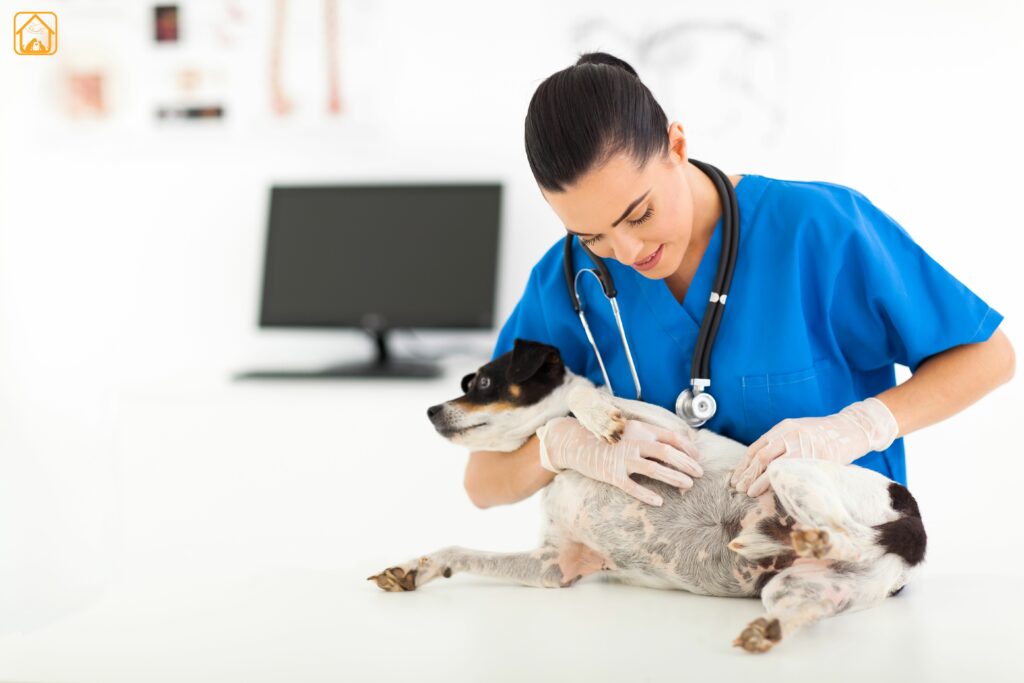
Treating allergies in Labrador requires multiple approaches based on your dog’s specific triggers and symptoms. Here’s a breakdown of the most effective options both at home and with your veterinarian’s support.
Medical Treatments
- Antihistamines: Medications like cetirizine or diphenhydramine can help mild itching but are less effective in dogs than people.
- Corticosteroids: These medications (like prednisone) can quickly reduce inflammation and itching but are best for short-term use due to potential side effects.
- Immunotherapy (Allergy Shots): Custom-made injections or oral drops gradually desensitize your dog to specific allergens. This is the only treatment that addresses the root cause of environmental allergies and can be life-changing for severely affected Labs.
- Apoquel® and Cytopoint®: Newer medications designed specifically for canine itch relief with fewer side effects than steroids. Often used for atopic dermatitis in Labs.
- Antibiotics or Antifungals: Prescribed if secondary skin or ear infections are present.
- Medicated Shampoos: Regular use of gentle, sulfate-free, or medicated shampoos can calm inflamed skin and wash away allergens.
Dietary Management
- Elimination Diets: When it comes to food allergies in Labradors, the best way to figure things out is through an elimination diet. It takes patience, but it’s worth it. Your vet can help you choose a special diet usually with fewer ingredients or a type of protein that’s easier to digest.
- Omega-3 Fatty Acids: Supplements from fish oil support skin health and reduce inflammation.
- Probiotics: May help balance gut bacteria and support immune health in some allergic Labs.
Home Remedies for Labrador Skin Allergies
- Oatmeal Baths: Soothing and gentle, oatmeal baths can calm mild itching (never use hot water).
- Coconut Oil: A small amount massaged onto dry patches can help moisturize and support healing.
- Allergy-Friendly Diet: Stick to single-ingredient treats and avoid table scraps. Consider an LID (limited ingredient diet) if food allergies are suspected.
| Treatment | Best For | Notes |
| Flea prevention | Flea allergy dermatitis | Year-round, vet-approved preventatives are crucial |
| Immunotherapy | Atopic/environmental allergies | Custom, long-term solution |
| Elimination diet | Food allergies | Strict, vet-guided trial needed |
| Medicated shampoos | All skin allergies | Soothes skin and removes allergens |
Always consult your veterinarian before starting or changing any medications, supplements, or diets. They can help you choose the safest and most effective plan for your Lab’s needs.
Best Dog Food for Labrador Retrievers with Allergies
Choosing the best dog food for Labrador Retrievers with allergies can feel overwhelming, but you don’t have to go it alone. Look for:
- Limited ingredient diets: Fewer ingredients mean fewer chances of allergic reactions.
- Novel proteins: Try meats your dog hasn’t eaten before, like venison or duck.
- Grain-free: Can be useful if grains are a trigger, though it’s best to confirm this with your vet.
- High-quality, AAFCO-approved diets to ensure balanced nutrition
| Dog Food Type | Benefits |
| Limited ingredient | Reduces exposure to common allergens |
| Novel protein | Less likely to trigger reactions (e.g., venison, duck) |
| Grain-free | May help if grain is a trigger (consult your vet first) |
| High-quality, AAFCO-approved diets | Ensures balanced nutrition |
After months of trial and error, I switched my black Lab to a salmon and potato formula. Her ear infections cleared up and she finally stopped scratching. Sometimes, the right food is the game-changer.
Managing & Preventing Skin Irritation in Labs
Skin irritation is a constant battle with Labrador retriever skin allergies. Here’s how to help your Lab stay comfortable:
Environmental Allergen Control
- Flea prevention: Use veterinarian-recommended flea preventives year-round. Even indoor Labs need protection.
- Clean home: Vacuum carpets and wash bedding weekly. Use HEPA filters and air purifiers to reduce dust, pollen, and dander.
- Limit outdoor exposure: During high pollen seasons, walk your Lab at times when pollen counts are lower and wipe down their coat and paws afterward.
- Fragrance-free products: Switch to unscented detergents and cleaners for bedding and floors.
Healthy Skin Barrier Support
- Feed a high-quality, balanced diet with omega-3 fatty acids.
- Supplement with probiotics to support immune health.
- Avoid over-bathing, which can strip natural oils. Stick to gentle, moisturizing shampoos.
- Brush regularly to remove dander and loose fur
- Use mild, moisturizing shampoos (avoid harsh chemicals)
- Keep home clean and dust-free
- Control humidity to reduce dust mites and mold
- Check for fleas and ticks weekly
FAQs About Labrador Retriever Allergies
Can you be allergic to a Labrador Retriever?
Yes, some people are allergic to Labs. They shed dander and hair, which can trigger human allergies. Regular grooming and cleaning help reduce this.
What are the signs of allergies in Labrador Retrievers?
Common signs include itching, licking, red or inflamed skin, ear infections, watery eyes, and sometimes digestive issues like vomiting or diarrhea.
Are chocolate Labs more prone to skin allergies?
Chocolate Labs may have a higher risk of skin issues, but all Lab colors can develop allergies. Genetics, environment, and diet all play a role.
What is the best food for Labs with skin allergies?
Limited-ingredient or hypoallergenic diets with a novel protein often work best. Consult your vet to tailor a diet for your Lab’s needs.
How do I treat a skin rash on my Labrador Retriever at home?
Use gentle, dog-safe shampoos and keep the area clean. If the rash doesn’t improve in a few days, see your vet, especially if your dog is very uncomfortable.
Can Labs outgrow their allergies?
Some allergies may fade with age, but many persist lifelong. Proper management usually leads to a happy, itch-free life.
Should I try home remedies before visiting the vet?
Basic steps like washing bedding or changing food are fine, but always consult your vet for persistent or severe symptoms to avoid complications.
Conclusion
Living with a Lab who’s always itching or uncomfortable is tough, but you’re not alone. With a bit of detective work (and some patience), most allergies in Labrador Retrievers can be managed so your best friend stays healthy and happy. If you ever feel stuck, reach out to your vet or connect with other Lab owners, sometimes, the best solutions come from shared experience.For more tips on Labrador health, check out the resources from the American Veterinary Medical Association and the VCA Animal Hospitals allergy guide.
